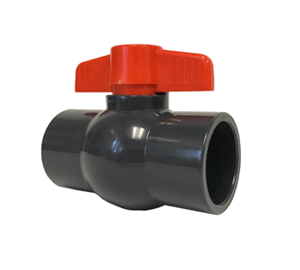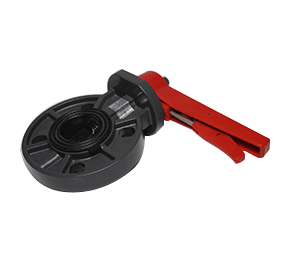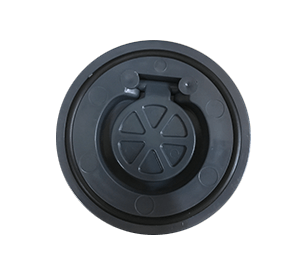Case

Case

A PVC valve refers to a valve where the body and structural components are manufactured from PVC material. PVC offers excellent chemical stability, corrosion resistance, and insulation, making it ideal for transporting corrosive media such as acids, alkalis, and salt solutions.
UPVC (Unplasticized PVC): Rigid, high strength, suitable for pressurized environments.
CPVC (Chlorinated PVC): Enhanced heat resistance, applicable in hot water systems.
PVC-U, PVC-C: Standard and reinforced types categorized by application.
A PVC ball valve is a rotary valve with a hollow spherical disc made of PVC. It controls media flow by rotating the ball 90° via a stem.
Open state: Ball bore aligns with the pipeline for unrestricted flow.
Connection methods: Threaded, solvent cement, flanged.

Closed state: Ball rotates 90° to block the flow.
Actuation: Manual (handle), pneumatic, or electric operation.
Structure: Flow control via ball rotation.
Applications: Low-pressure water treatment, chemical pipelines, irrigation systems.
Strong corrosion resistance: Resists acids, alkalis, and salt solutions.
Easy operation: Full-bore design with low torque.
Simple installation: Lightweight and field-friendly.
Reliable sealing: Soft-sealed structure, leak-free.
Multiple connections: Threaded, socket, flanged, union.
No metallic wetted parts: Suitable for high-purity and deionized water systems.
A PVC butterfly valve uses a rotating disc (butterfly) for flow regulation or shut-off. Its corrosion resistance, lightweight design, and cost-effectiveness make it popular in chemical, water treatment, and irrigation industries.
Open: Disc rotates parallel to flow direction.
Closed: Disc rotates perpendicular to block flow.
Flow control: Intermediate angles allow throttling.
✅ Material benefits:
Corrosion-resistant: Handles dilute acids, alkalis, and saline.
Non-scaling: Ideal for water treatment and pure water systems.
Lightweight: 50% lighter than metal counterparts.
Non-toxic: Compliant with drinking water standards.
✅ Functional benefits:
Quick 90° operation.
Dual function: Shut-off and throttling.
Easy maintenance: Replaceable seals.
Multiple actuation: Manual, electric, or pneumatic.

A PVC check valve allows unidirectional flow to prevent backflow, protecting pumps, pipelines, and equipment. It operates automatically via media pressure.
| Type | Structure | Application |
| Lift Type | Vertical installation, vertical disc | High-velocity systems with fixed positioning |
| Swing Type | Hinged disc rotation | Low-velocity, horizontal pipelines |
| Ball Type | Floating ball mechanism | Liquids with impurities, flexible installation |
| Duckbill Type | Flexible rubber lip structure | Sewage, stormwater systems |
| Dual Function | Combines check and shut-off functions | Space-saving installations |

| Field | Typical Use |
| Water treatment | Prevents backflow in pumps |
| Chemical pipelines | Protects against acid/alkali solution reversal |
| Irrigation systems | Guards against pipeline backflow |
| Pool circulation | Enhances filtration efficiency |
| Industrial drainage | Prevents wastewater backflow |
Features: Suitable for slurries or highly corrosive fluids.
Applications: Chemical processing, pharmaceuticals, water treatment.
| Condition | Application Scope |
| Water treatment systems | Pure water, sewage, seawater systems |
| Chemical transport | Dilute acids, alkalis, saline solutions |
| Agricultural irrigation | Lightweight, easy installation for large-scale systems |
| Environmental systems | Drainage, exhaust gas pipelines |
| Labs & pharmaceuticals | Corrosive fluids incompatible with metal valves |
Note: PVC valves are unsuitable for high-temperature (>60°C) or high-pressure (>1.6 MPa) environments.
PVC valves serve as cost-effective alternatives to metal valves in low-pressure, corrosive environments.
Replaceable traditional valves:
| Traditional Valve | Replacement Conditions |
| Cast iron ball/butterfly valves | Non-abrasive, highly corrosive media, low pressure |
| Stainless steel valves | Strongly corrosive, low-temperature/pressure media |
| Copper valves | Cost-effective alternative in water supply systems |
| Aspect | Benefits |
| Material | Corrosion resistance, lightweight, low cost, easy fabrication |
| Applications | Water treatment, chemicals, agriculture, environmental sectors |
| Replacement value | Cost savings in low-to-medium pressure, non-high-temperature environments |